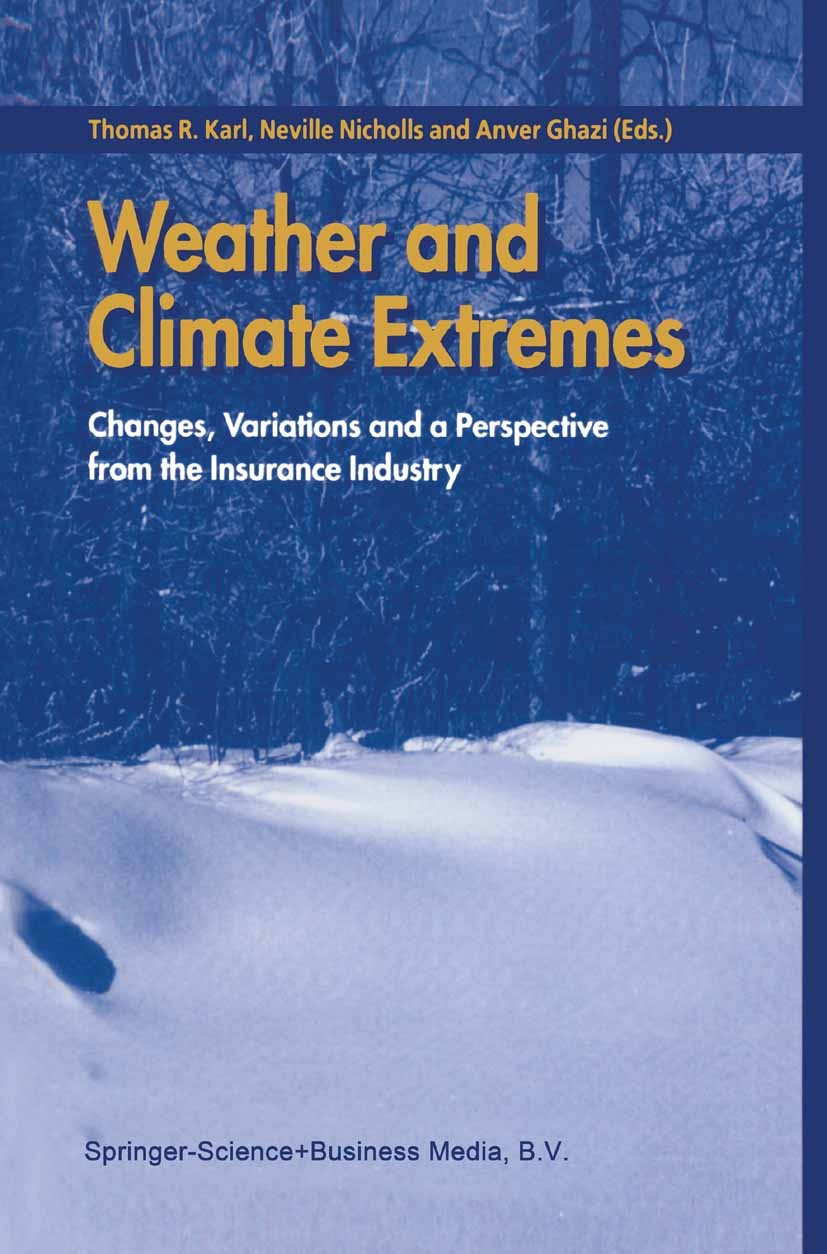一个基于伪全球变暖的系统,用于研究气候变化如何影响高影响降雨事件
IF 6.9
1区 地球科学
Q1 METEOROLOGY & ATMOSPHERIC SCIENCES
引用次数: 0
摘要
评估气候变化对极端(对流)降雨的影响具有挑战性。特别是对于全球气候模式,几乎不可能将高分辨率模式与进行长时间模拟以实现统计稳健性结合起来,以充分代表物理过程。为了补充全球模型的工作,我们在这里提出了一个基于伪全球变暖(PGW)的面向事件的系统。该系统包括连续的短期预报周期(从每天午夜开始,为期3天),运行一小组12公里分辨率的模拟,模拟当前气候、较冷的过去气候和三种较暖的气候。对于极端事件,这些运行进一步缩小到对流允许分辨率。这使我们能够在气候变化背景下研究对流降雨和相关现象(如阵风、冰雹和闪电)的时空特征。同时,该系统具有足够的信噪比来研究罕见极端事件对气候变化的影响。我们用最近的三个极端降雨事件(2023年10月英国的Babet风暴;意大利2023年春季洪水;德国巴伐利亚州,2024年洪水),并讨论该方法的优势和局限性。另一个极端对流阵风的案例显示了该系统的潜在进一步应用。所有这三个降雨事件都表明气候变化的响应远远超出了通常预期的克劳修斯-克拉佩龙速率,其中两个(在意大利和德国)表明降雨集中在更狭窄的区域,在气候变暖的情况下,这大大增加了山洪暴发的可能性。本文章由计算机程序翻译,如有差异,请以英文原文为准。
A pseudo global warming based system to study how climate change affects high impact rainfall events
Assessing the influence of climate change on extreme (convective) rainfall is challenging. In particular with global climate models, it is virtually impossible to combine high resolution modelling to represent the physical processes adequately together with conducting long simulations to achieve statistical robustness. To complement global modelling efforts, we here present an event oriented system based on pseudo global warming (PGW). The system consists of continuous short-term forecast cycles (3 days long starting each day at midnight) running a small set of 12 km resolution simulations for the present-day climate, a cooler past climate, and three warmer climates. For extreme events these runs are further downscaled to convection permitting resolutions. This allows us to study the spatiotemporal characteristics of convective rainfall and associated phenomena, like wind gusts, hail, and lightning within a climate change context. At the same time, the system has sufficient signal-to-noise to study climate change effects in rare extreme events. We illustrate the application the system with three recent extreme rainfall events (storm Babet in the UK, October 2023; the Italy spring 2023 floods; and the Germany Bavaria, 2024 floods) and discuss strengths and limitations of the method. One additional case with extreme convective wind gusts shows the potential further application of the system. All three rainfall events reveal climate change responses well beyond the commonly expected Clausius-Clapeyron rate, and two cases (in Italy and Germany) reveal a concentration of rainfall in more confined areas, disproportionally enhancing the potential for flash floods in a warming climate.
求助全文
通过发布文献求助,成功后即可免费获取论文全文。
去求助
来源期刊

Weather and Climate Extremes
Earth and Planetary Sciences-Atmospheric Science
CiteScore
11.00
自引率
7.50%
发文量
102
审稿时长
33 weeks
期刊介绍:
Weather and Climate Extremes
Target Audience:
Academics
Decision makers
International development agencies
Non-governmental organizations (NGOs)
Civil society
Focus Areas:
Research in weather and climate extremes
Monitoring and early warning systems
Assessment of vulnerability and impacts
Developing and implementing intervention policies
Effective risk management and adaptation practices
Engagement of local communities in adopting coping strategies
Information and communication strategies tailored to local and regional needs and circumstances
 求助内容:
求助内容: 应助结果提醒方式:
应助结果提醒方式:


